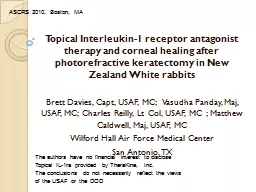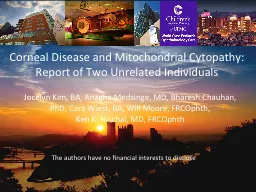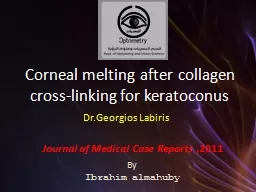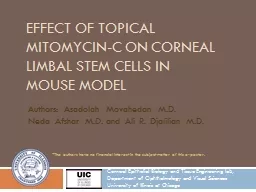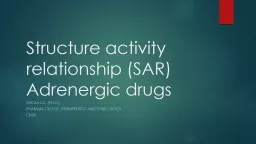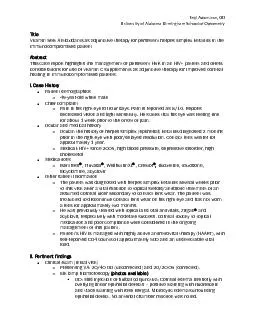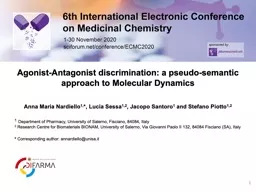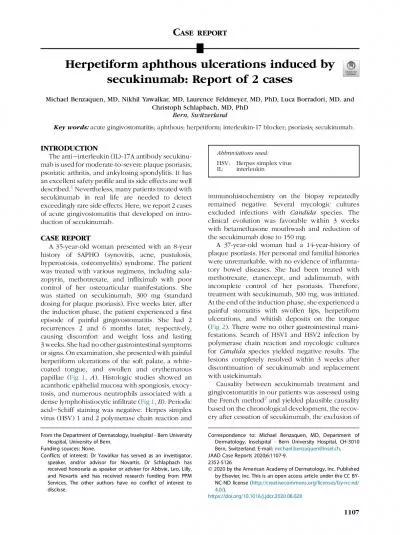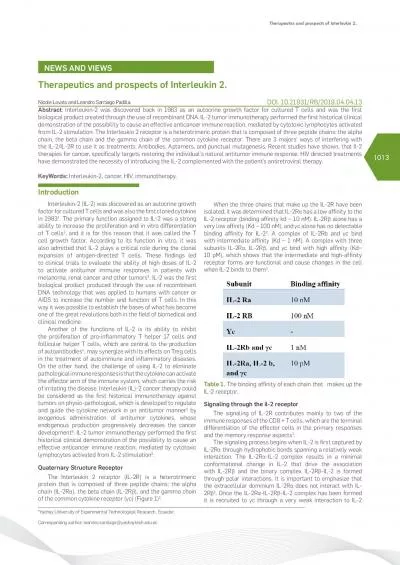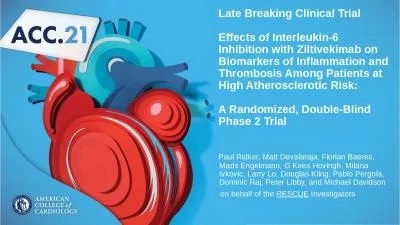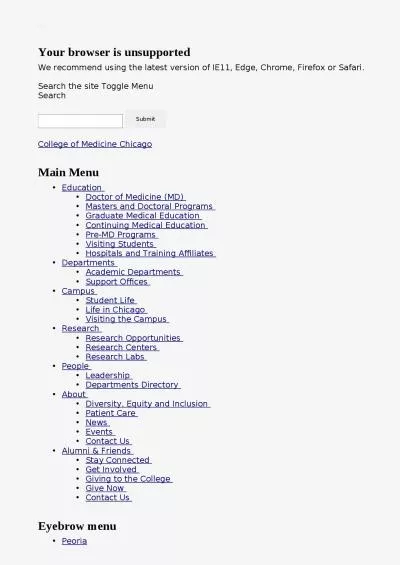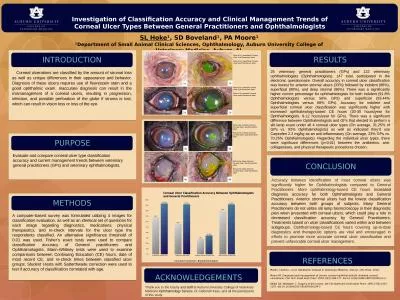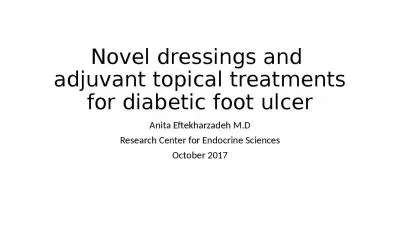PPT-Topical Interleukin-1 receptor antagonist therapy and corneal healing after photorefractive
Author : genderadidas | Published Date : 2020-08-04
Brett Davies Capt USAF MC Vasudha Panday Maj USAF MC Charles Reilly Lt Col USAF MC Matthew Caldwell Maj USAF MC Wilford Hall Air Force Medical Center San Antonio
Presentation Embed Code
Download Presentation
Download Presentation The PPT/PDF document "Topical Interleukin-1 receptor antagonis..." is the property of its rightful owner. Permission is granted to download and print the materials on this website for personal, non-commercial use only, and to display it on your personal computer provided you do not modify the materials and that you retain all copyright notices contained in the materials. By downloading content from our website, you accept the terms of this agreement.
Topical Interleukin-1 receptor antagonist therapy and corneal healing after photorefractive: Transcript
Download Rules Of Document
"Topical Interleukin-1 receptor antagonist therapy and corneal healing after photorefractive"The content belongs to its owner. You may download and print it for personal use, without modification, and keep all copyright notices. By downloading, you agree to these terms.
Related Documents

